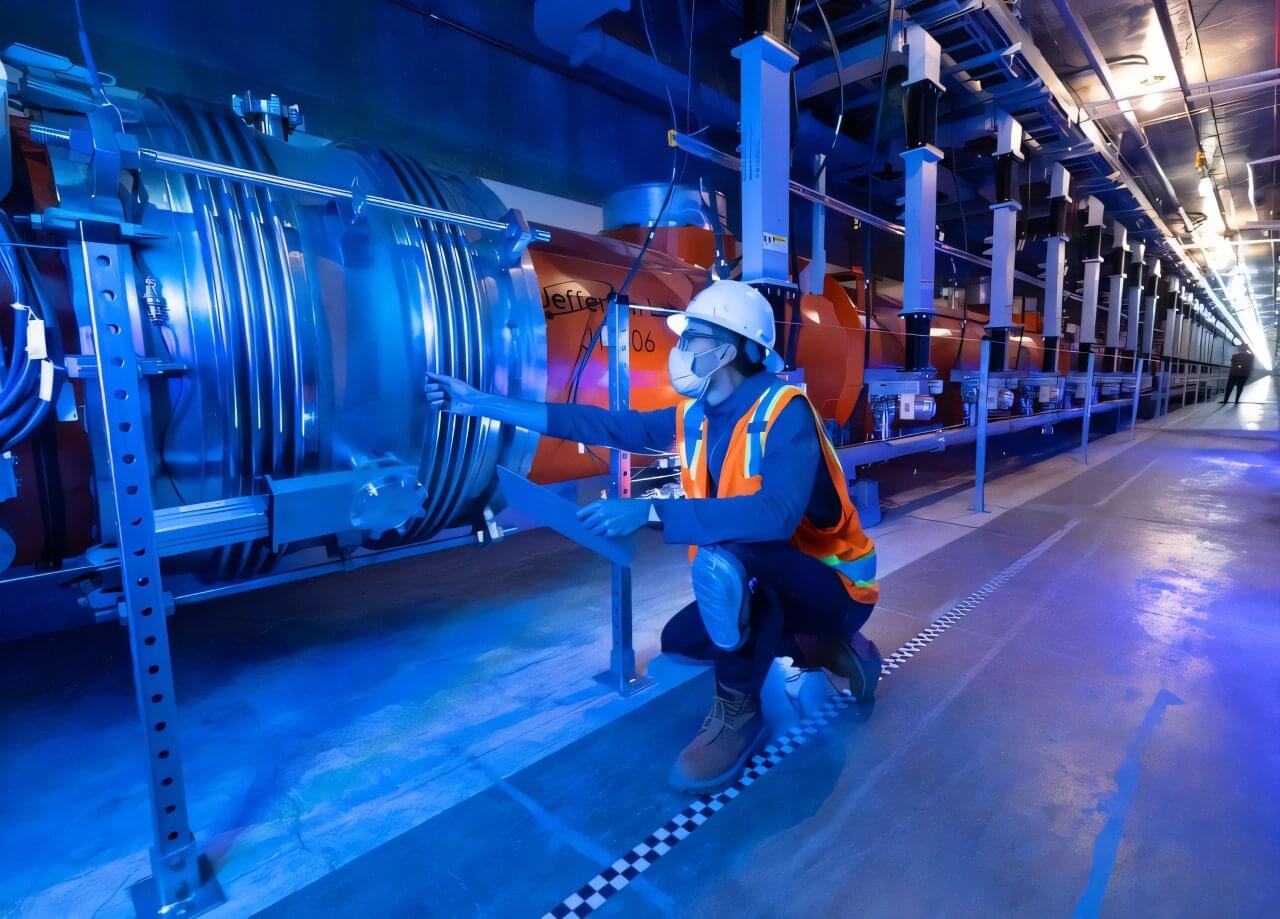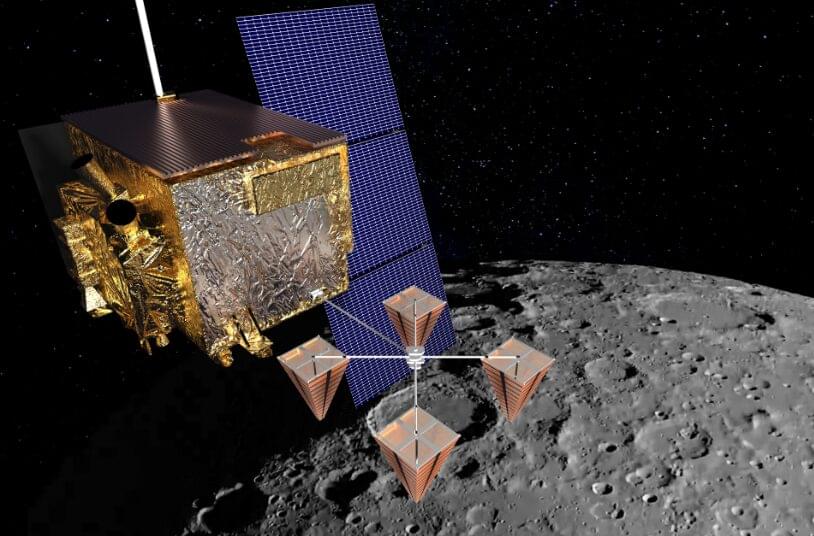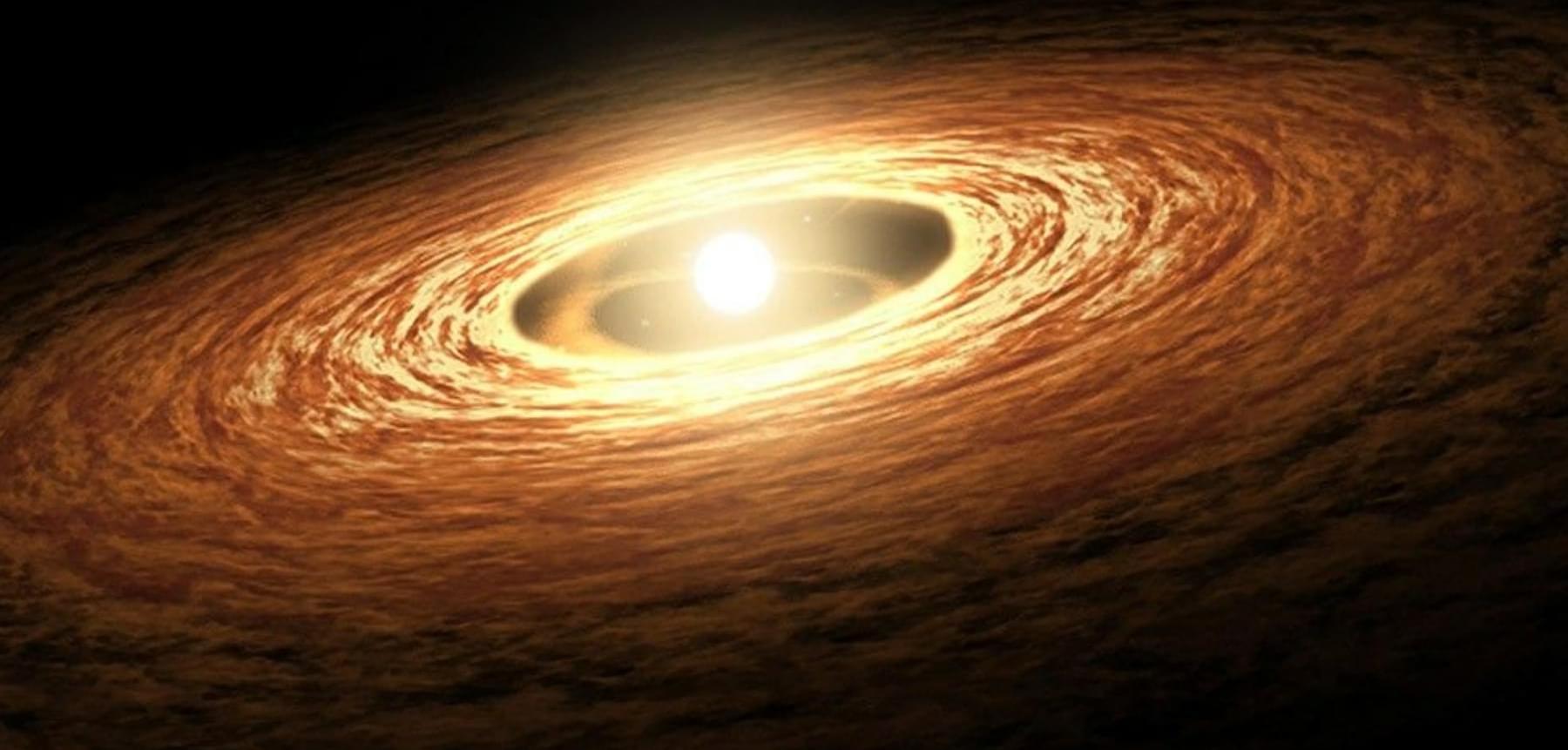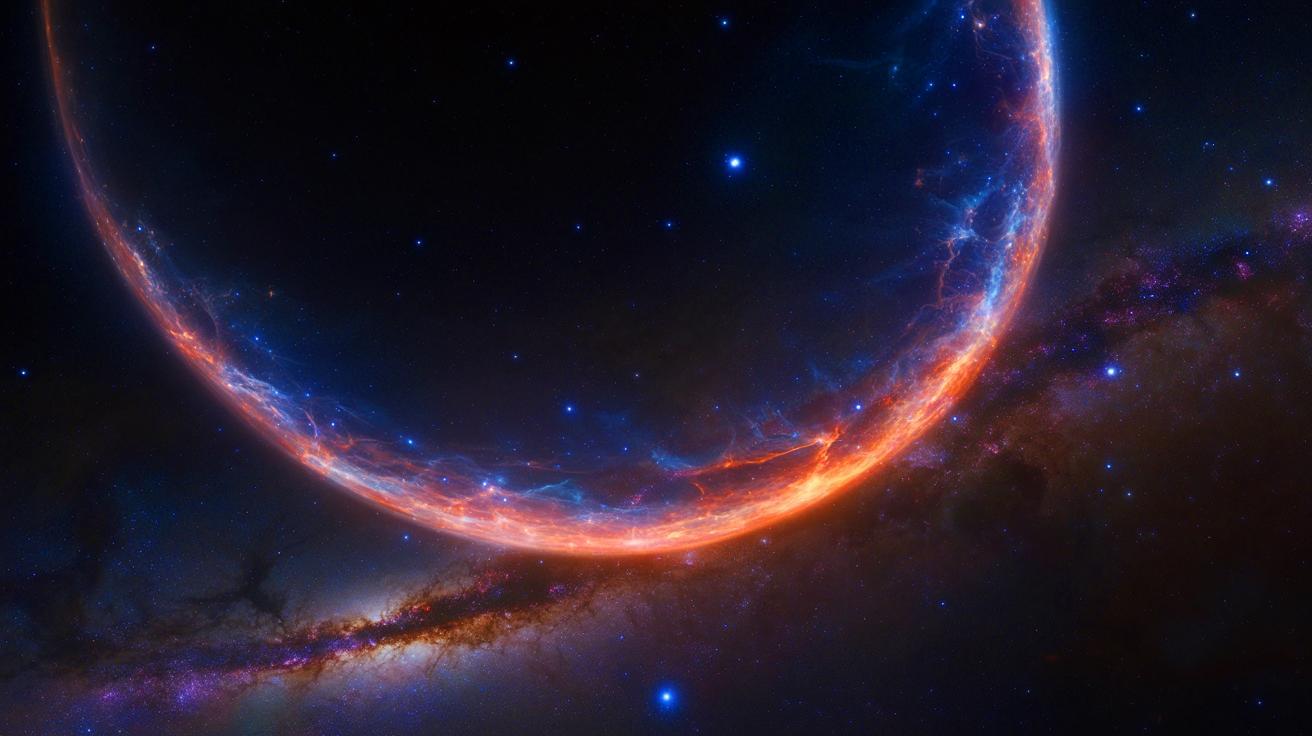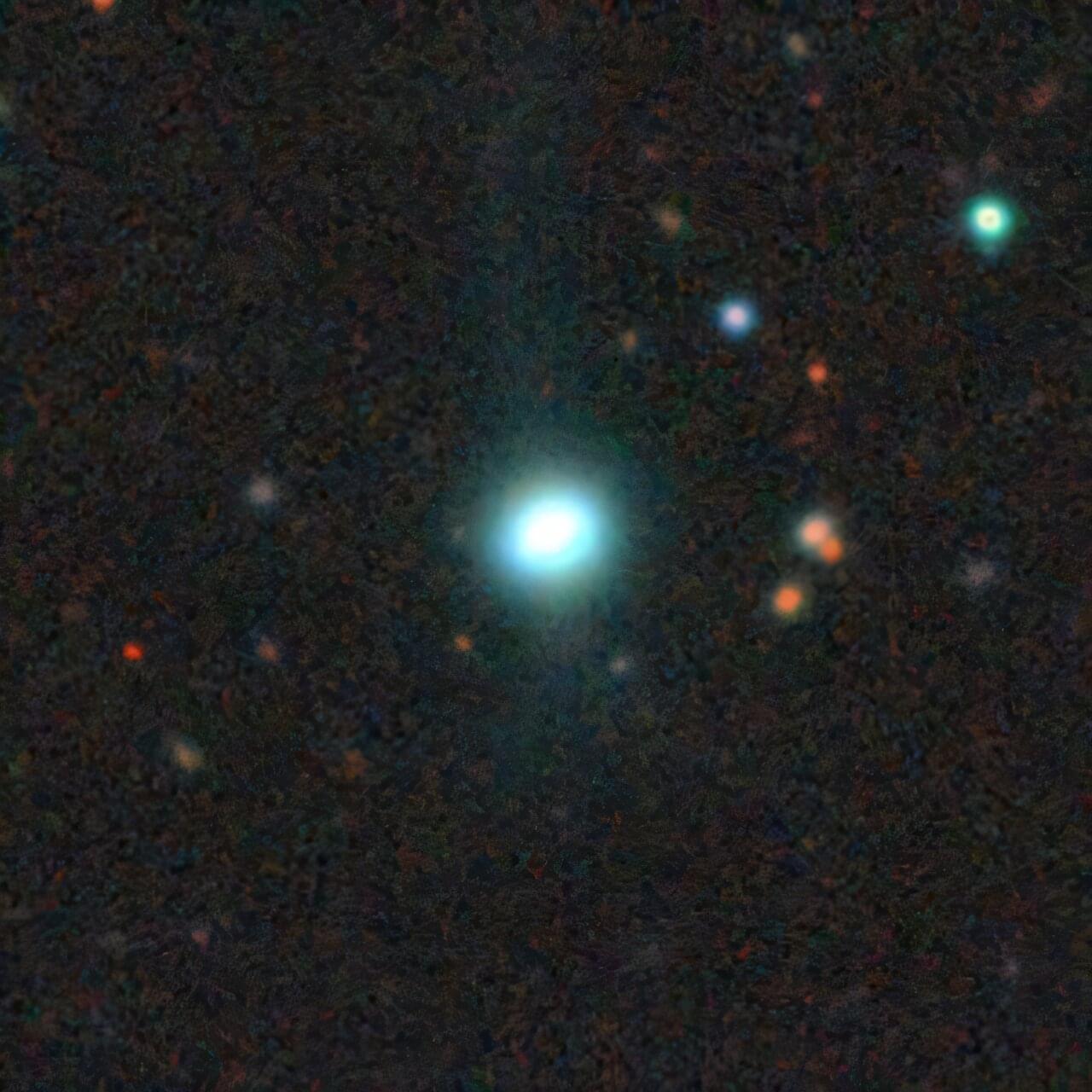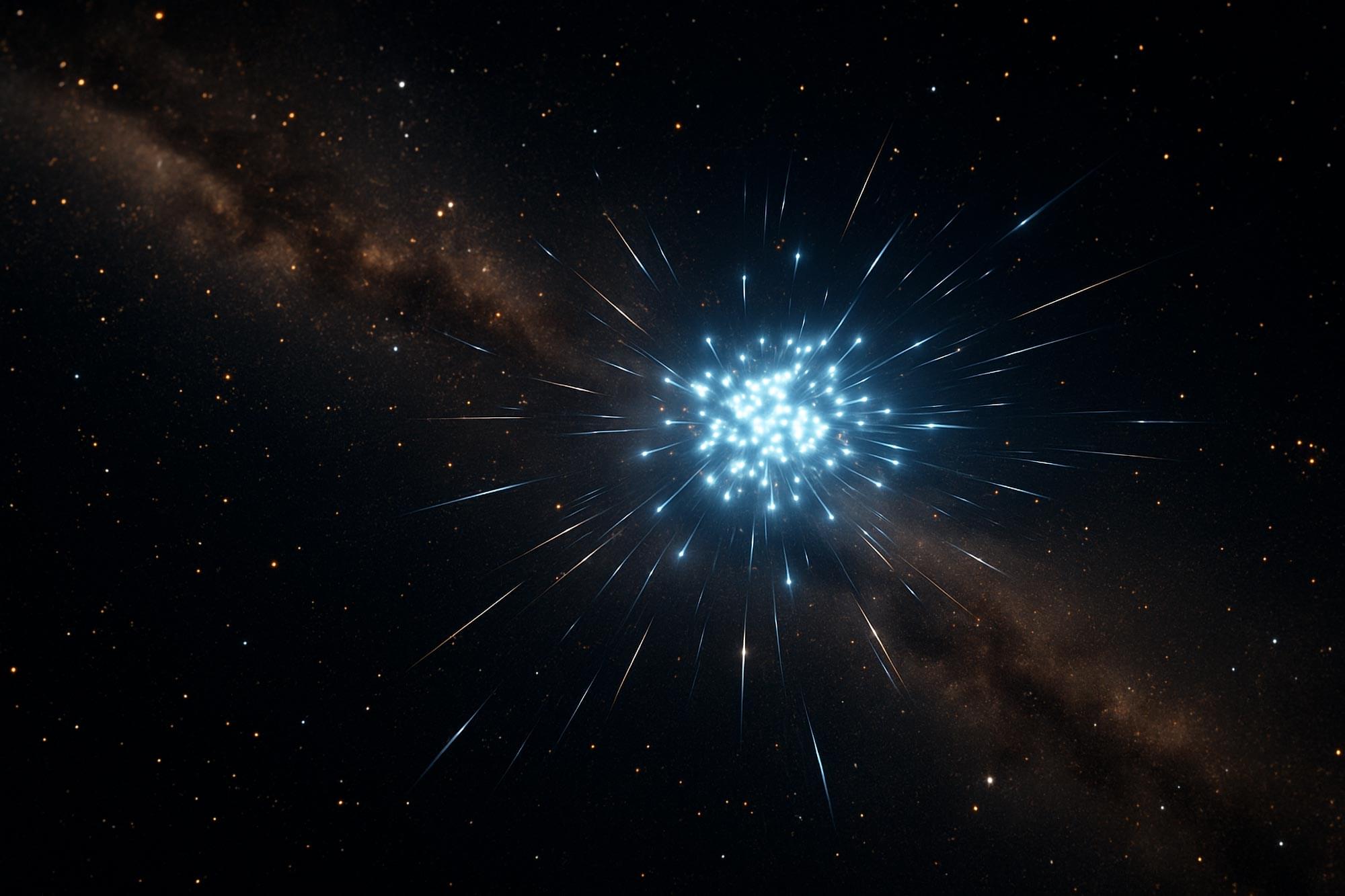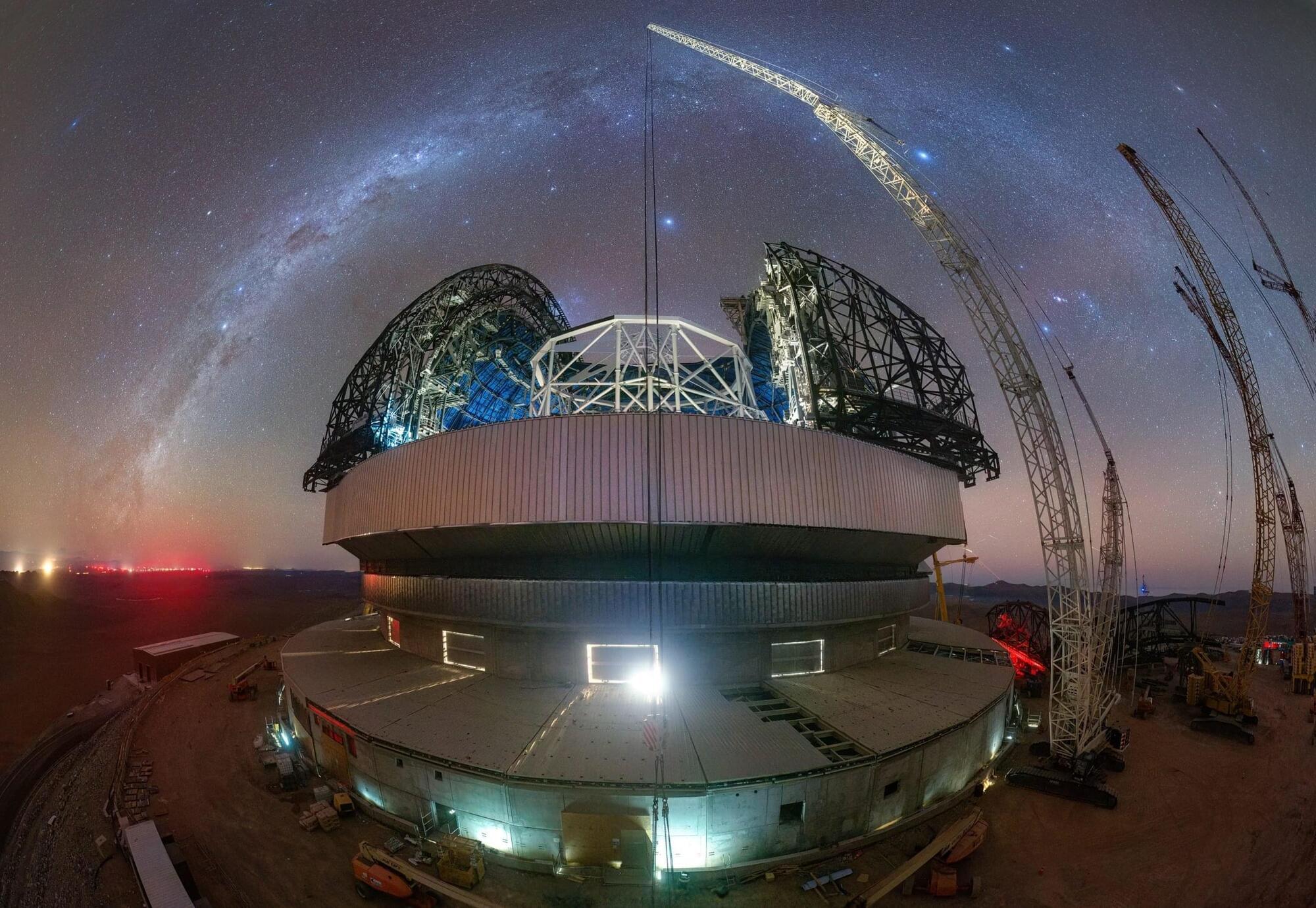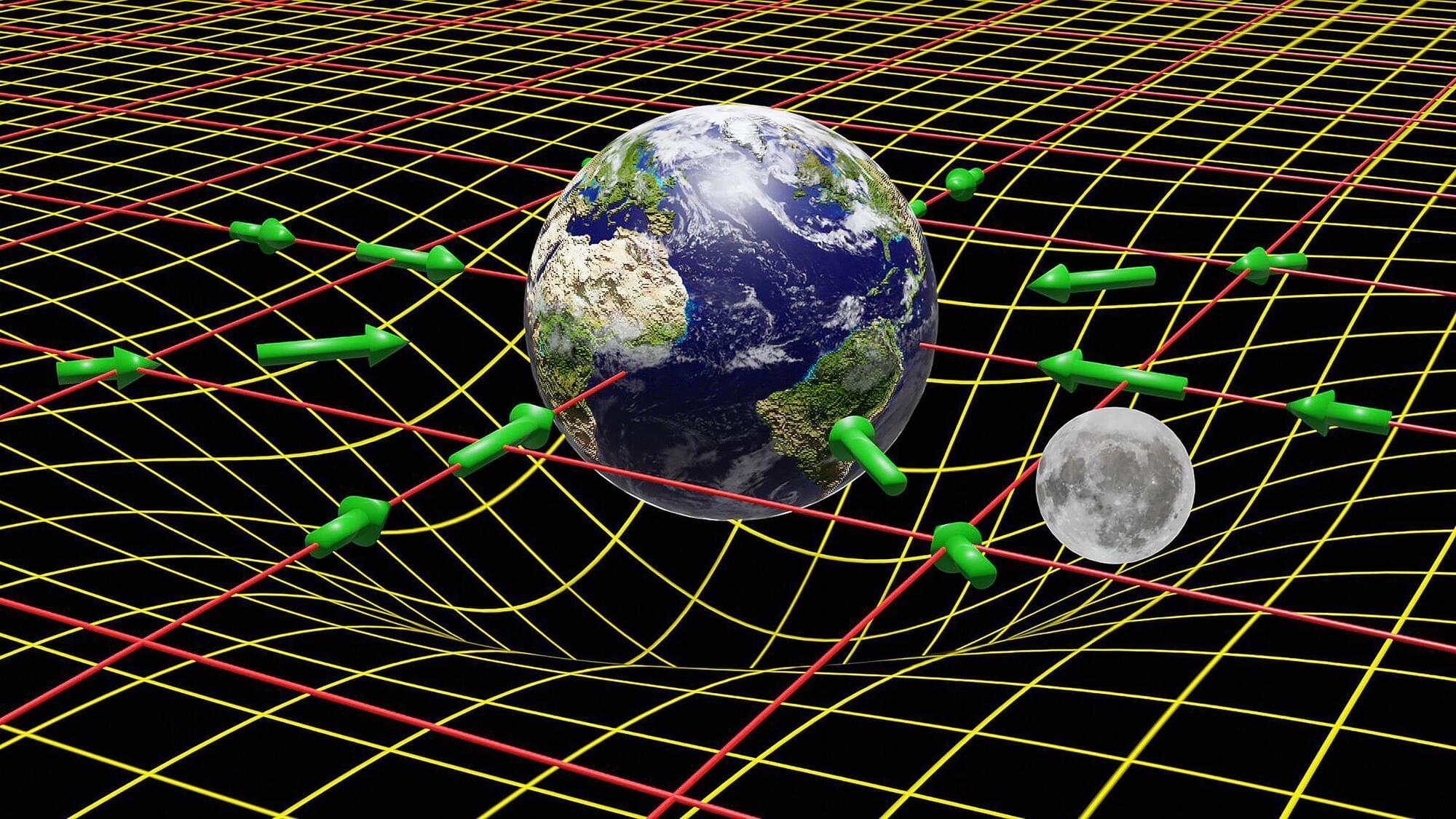Arianna Gleason is an award-winning scientist at the Department of Energy’s SLAC National Accelerator Laboratory who studies matter in its most extreme forms—from roiling magma in the center of our planet to the conditions inside the heart of distant stars. During Fusion Energy Week, Gleason discussed the current state of fusion energy research and how SLAC is helping push the field forward.
Fusion is at the heart of every star. The tremendous pressure and temperature at the center of a star fuses atoms together, creating many of the elements you see on the periodic table and generating an immense amount of energy.
Fusion is exciting, because it could provide unlimited energy to our power grid. We’re trying to replicate fusion energy here on Earth, though it’s a tremendous challenge for science and engineering.
